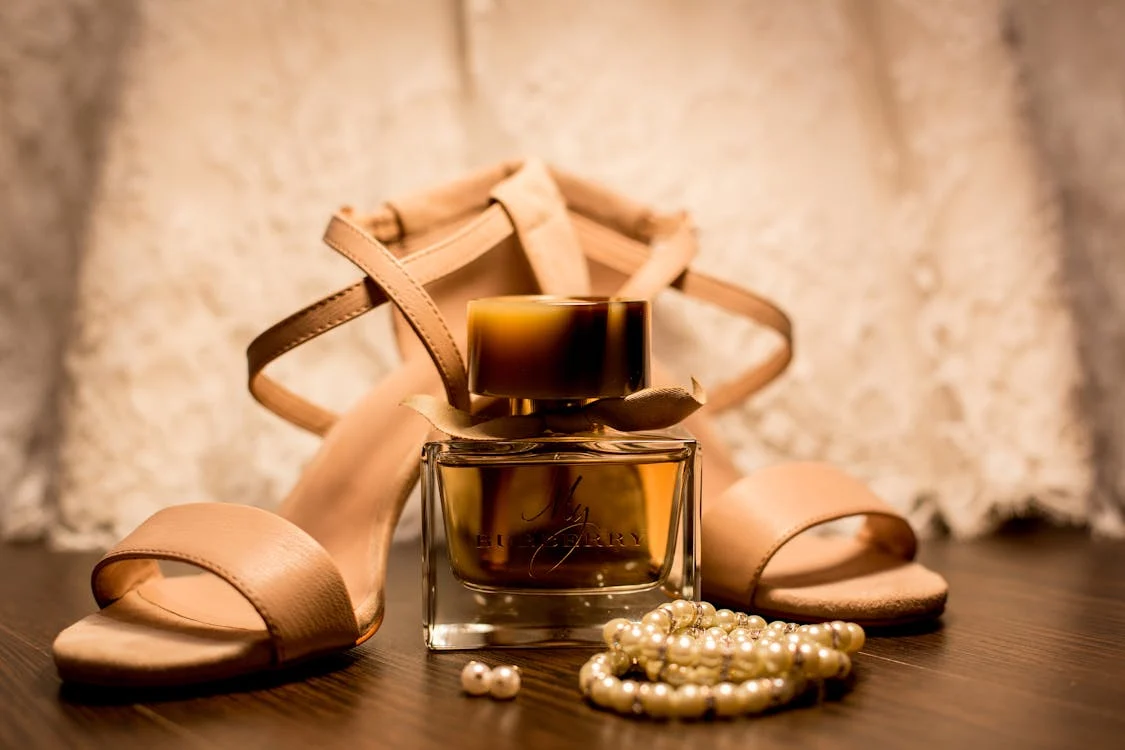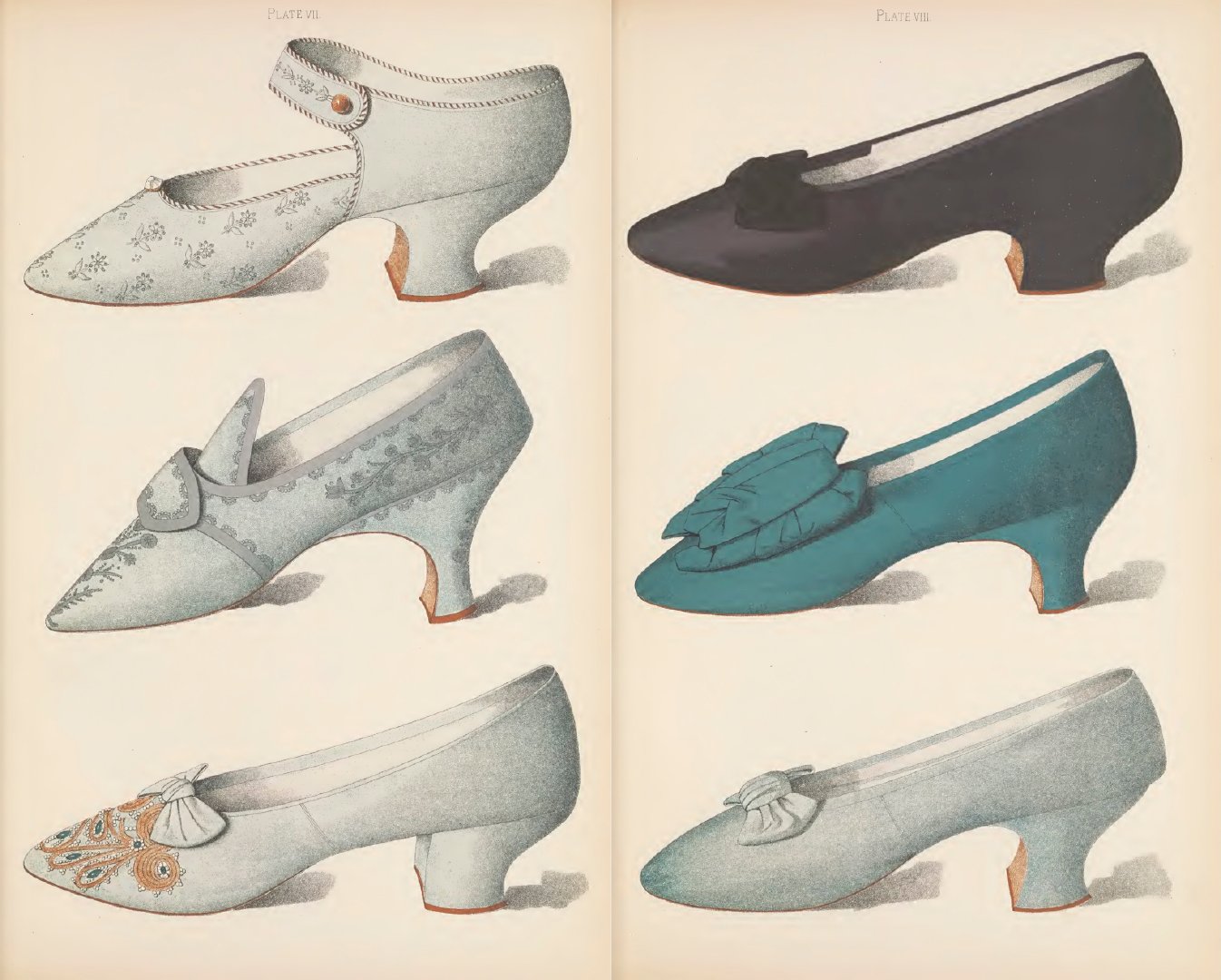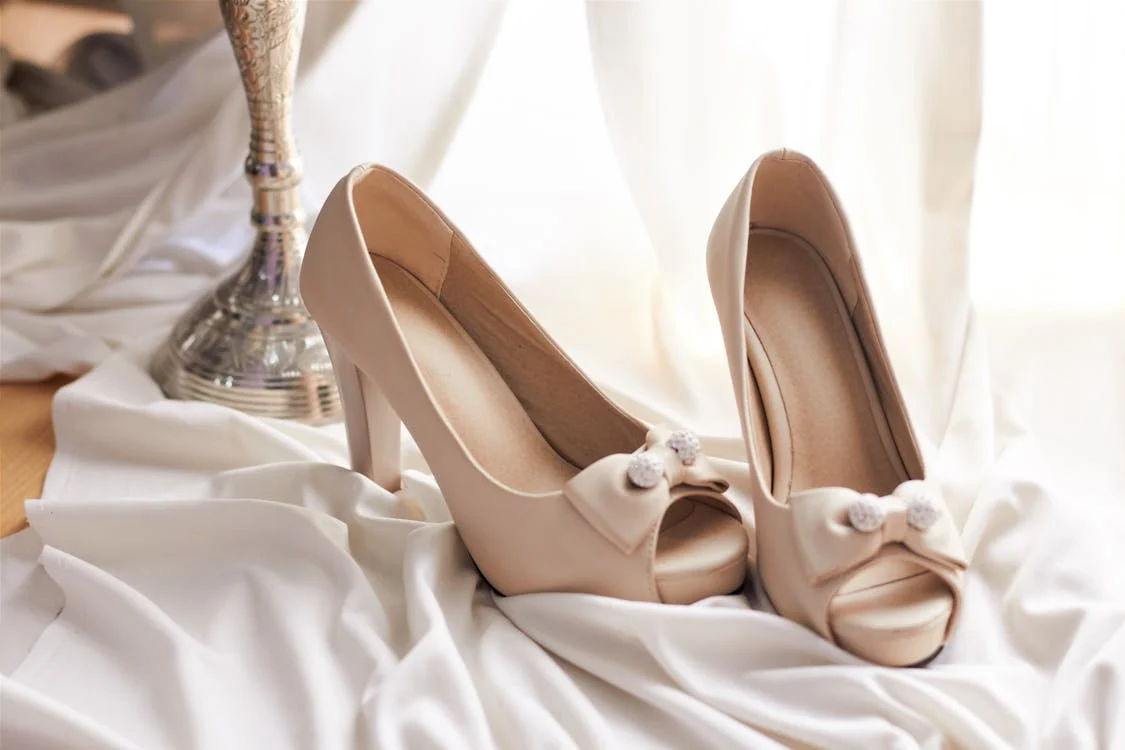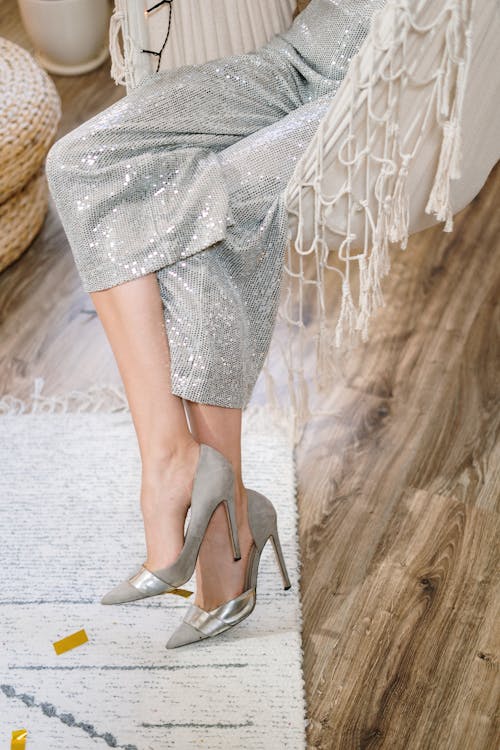Introduction: Were high heels invented for a man?
The allure of high heels is undeniable, but have you ever wondered about their origins? Contrary to popular belief, high heels were not initially designed for women. In this captivating article, we explore the intriguing question: were high heels invented for a man? Join us on a journey through history as we uncover the surprising origins of high heels, debunk myths, and trace their evolution into a symbol of femininity and style.
Unveiling the Origins of High Heels: Were high heels invented for a man?
To understand the true origin of high heels, we must venture back in time to ancient civilizations. Ancient Egyptian murals depict both men and women wearing elevated footwear, indicating that heels were not solely reserved for a specific gender.
Were high heels invented for a man? Myths Debunked: King Louis XIV’s Influence:
A common theory about the origin of high heels is that they were popularized by King Louis XIV of France. It is said that Louis XIV was less than 5 feets tall and suffered from his short stature and could not show his majesty in front of his subjects, so he ordered his men to make a pair of high heels for him to show his authority. After that, French nobles and men followed suit, and soon spread throughout the country and even the European continent. In order to show more nobility, Louis XIV wrapped the heels of his high heels with red Moroccan goat leather or painted the heels red, which was also the world’s first pair of red-soled shoes. Louis XIV also ordered that only nobles could wear high heels, and at this time high heels were more of a symbol of power.
Although Louis XIV did like exquisite shoes, there is no solid evidence to support the claim that he introduced high heels or wore them to increase height. Nevertheless, his luxurious style and influence on fashion did contribute to the increasing popularity of high heels during his reign.

Another story is that in the 15th century, a Venetian merchant married a beautiful woman. One rainy day, she walked on the street and her heels were covered with mud, making it difficult for her to walk. The merchant was inspired by this and immediately asked someone to make a pair of shoes with very high heels. Because Venice is a water city and boats are the main means of transportation, his wife felt very curious when she put on the shoes, so she went on and off the boats with the servants to travel around.
The Evolution of High Heels: From Practicality to Fashion Statement
High heels are an essential element of women’s fashion. They have come a long way since their first appearance, evolving in style, height, and materials. In this paragraph, we will take a look at the history of high heels and discover how they transformed into a fashion statement that continues to dominate the world of footwear.

Section 1: The Beginnings of High Heels: Were high heels invented for a man?
High heels have a long history. However, it wasn’t until the 16th century that high heeled shoes took on a distinct purpose for men, particularly for horseback riding. The heels provided stability and better control of stirrups during battle, making them practical for noble Persian warriors.
Section 2: High Heels in the Renaissance
High heels were introduced to Europe and became a symbol of privilege and luxury. During the Renaissance, both men and women wore high heels to show their social status. In the early 17th century, high heels were a unisex garment. Men wore them to increase their height and show their status, while women wore them to appear more masculine. Initially, high heels were simple in design and materials.
Starting in the late 17th century, high heels began to be “differentiated between men and women”. Men’s heels became square and solid; in contrast, women’s heels became slender and curvaceous. It was also from the 17th century that high heels were mainly worn by women. As fashion evolved and gender roles became more defined, high heels gradually transitioned into a predominantly women’s fashion item.
Section 3: High Heels of the 18th and 19th Centuries
During the 18th century, high heels were commonly made of delicate materials such as silk and satin, with “Louis” heels being a popular choice, decorated with ornate details. Towards the end of the 19th century, high heels featured lower heels, becoming more comfortable and practical. High heels during this period were still considered a necessary accessory, however, they became less ostentatious and practical.

Section 4: The Golden Age of High Heels
The Golden Age of High Heels is commonly thought to be the 1950s to the 1970s when heels became higher and more diverse in styles, shapes, and materials. From slingback and kitten heels to stilettos and wedges, high heels took center stage in the fashion world, becoming the ultimate fashion statement. Marilyn Monroe and Audrey Hepburn were among the popular icons who helped to popularize high heels; they were often photographed wearing them, further cementing their role in high fashion.
Section 5: High Heels in the Current Era
The present era of high heels is characterized by a resurgence of traditional styles, along with modern, innovative designs. Today’s high heels come in various heights, designs, materials, and shapes, suiting fashionable preferences and lifestyles. High heels have become more comfortable, with padded insoles and arch support improving their wearability. Furthermore, modern designers are increasingly incorporating sustainable materials and eco-friendly production methods into their creations, reflecting the concern for environmental conservation.
High Heels in Women’s Fashion:
Through the 19th and 20th centuries, high heels firmly established their place in women’s fashion. From the elegant and narrow heels of the Victorian era to the iconic stiletto heels of the mid-20th century, high heels manifested themselves in various styles and designs. The emergence of films, fashion icons, and influential designers further propelled the high heel’s allure, turning it into a symbol of feminine beauty and sophistication.

The Power and Pitfalls of High Heels:
While high heels exude elegance and confidence, they also come with potential drawbacks. Prolonged wear of high heels can lead to foot pain, discomfort, and various foot conditions. Nevertheless, with the right fit, materials, and occasional breaks, many women find a way to incorporate high heels into their wardrobe without significant discomfort. We explore tips and advice for selecting comfortable high heels, ensuring both style and practicality.
The Evolution of Heel Styles:
Modern fashion continues to reinvent high heels, offering a vast array of styles, designs, and heel heights to suit diverse preferences. From classic stilettos to wedge heels, block heels, and platform heels, contemporary designers have embraced innovation while remaining influenced by historical designs. Delve into the exciting world of modern heel trends, discover how they reflect societal shifts, and find inspiration for incorporating high heels into your personal style.
Empowerment and Self-Expression:
In recent years, high heels have taken on new meanings beyond fashion. They have become a symbol of empowerment and self-expression for many women. Movements like “Take Back the Night” encourage women to reclaim heels as a statement of agency and choice rather than a symbol of oppression. High heels can be an avenue for individual expression, enabling wearers to embrace their femininity in their own unique way.

Conclusion:
In conclusion, the journey of high heels from their origins in Persia to their prominence in women’s fashion is a captivating tale. While high heels may no longer be associated with men’s footwear, they have evolved into an iconic symbol of femininity, expression, and style. Understanding their history and debunking the myths surrounding their creation adds depth to our appreciation for this timeless fashion staple. Embrace the allure of high heels, celebrate your individuality, and step confidently into a world of self-expression and empowerment.
